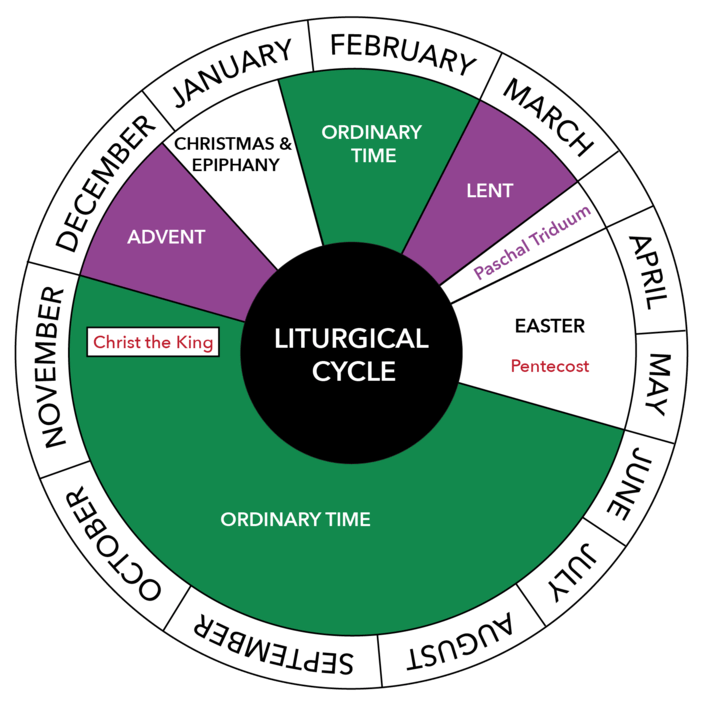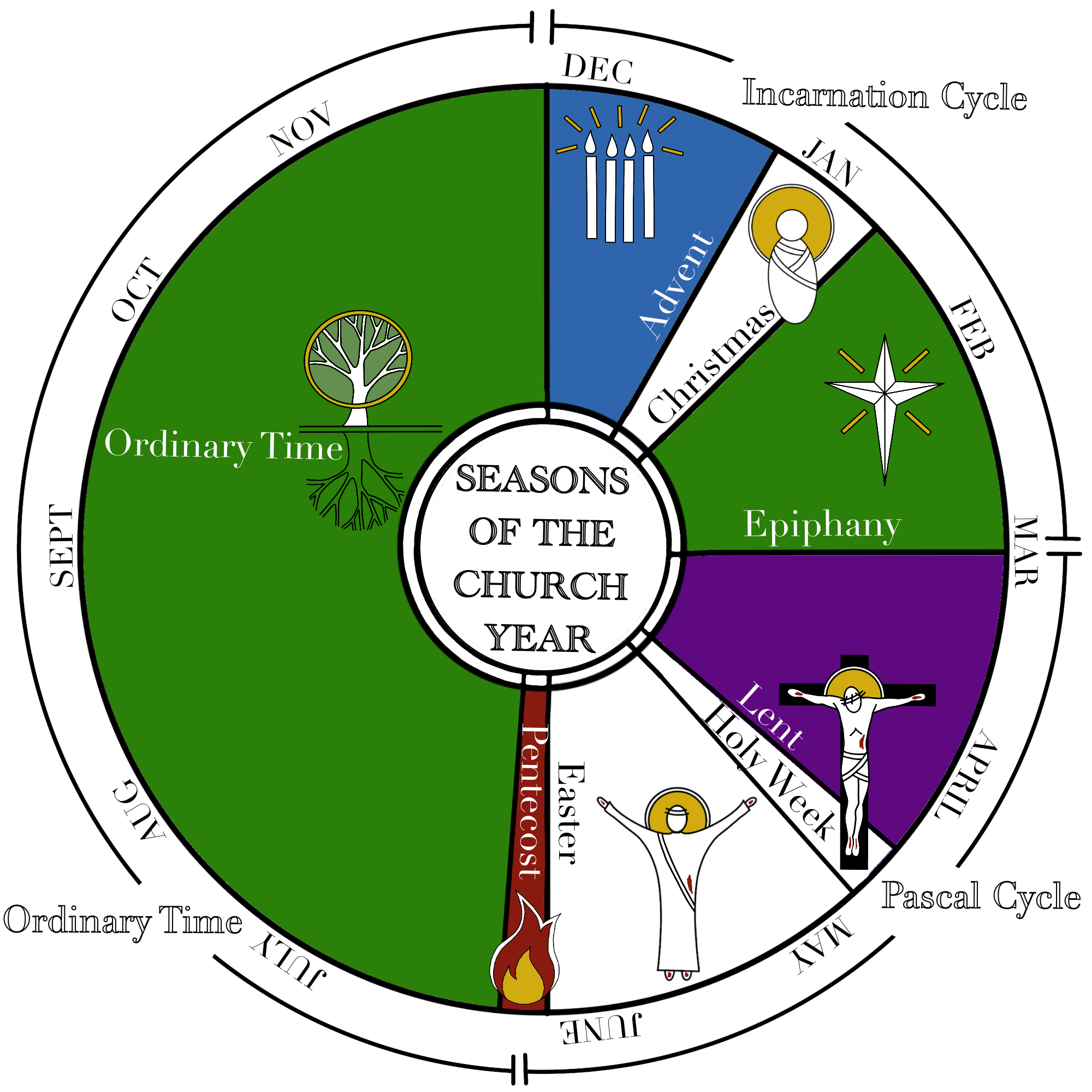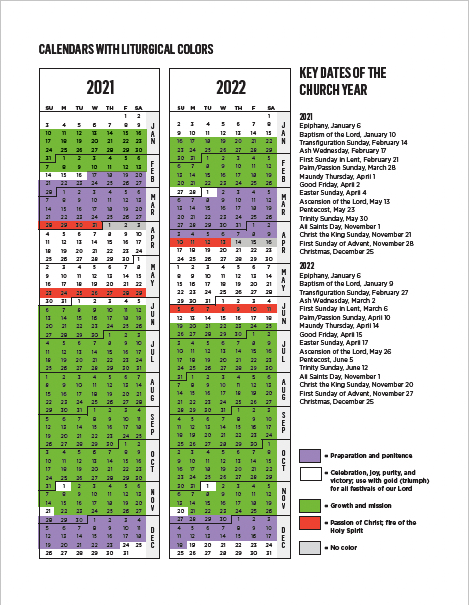Reference




OpenAI's Answer
The liturgical calendar in Reformed worship plays a significant role in structuring the worship experience around the major events of the Christian faith. Here are some key points about its role:
-
Mapping the Gospel Story: The liturgical calendar is used to map the gospel story onto the year, starting with Advent and Christmas and leading through Lent and Easter (source: Reformed Church in America).
-
Observing Jesus Christ's Life Events: It helps the Reformed Church in America observe the birth, life, death, and resurrection of Jesus Christ. Several Sundays are designated for highlighting different themes, such as friendship and communion (source: RCA Liturgical Calendar).
-
Ancient Tradition: The calendar emerges from an ancient tradition where faith communities celebrate the experience of God in their lives (source: Reformed Worship).
-
Seasonal Worship Ideas: It provides a structure to honor key events like Lent and Advent, and to explore seasonal worship resources that reflect these times (source: RCA Worship Resources).
-
Balance between Form and Freedom: Reformed worship attempts to balance a fixed liturgical structure with freedom, especially in the celebration of the sacraments, and allows local churches to guide congregational worship in accordance with this calendar (source: Role of the Liturgy in Reformed Worship).
While some Reformed churches might follow the liturgical calendar more strictly, others might take a more relaxed approach, balancing between observing the liturgical year and adhering to the regulative principles of worship traditionally characteristic of Reformed theology.
Follow Up
Related
How do the Lutheran liturgical calendar and the Catholic calendar compare?
How did the medieval Christian calendar influence the secular calendar in Europe?
What is the primary difference between the Julian and Revised Julian calendars?
Where does the month of Abib stand in the Ethiopian calendar?